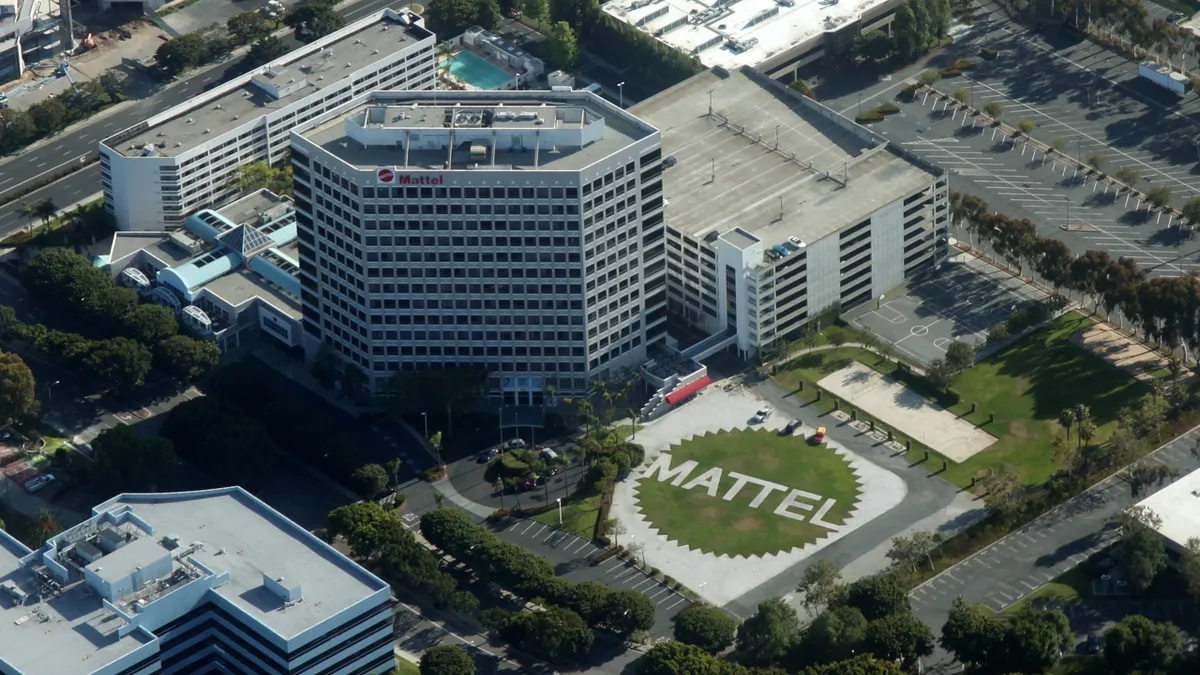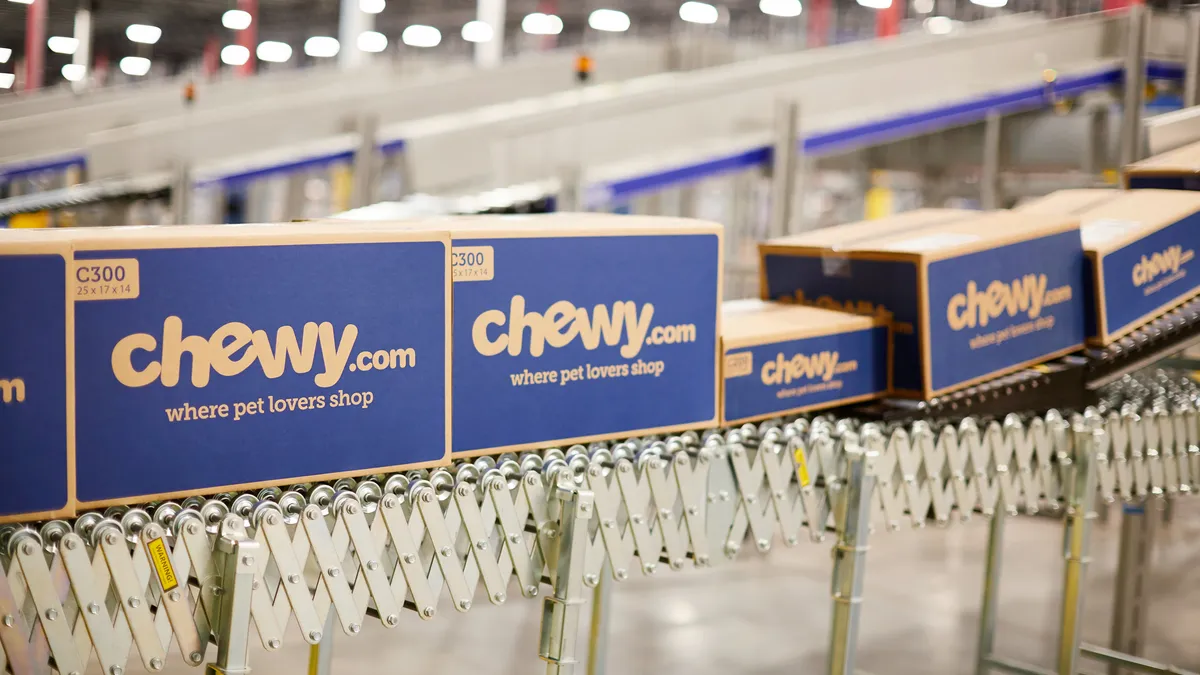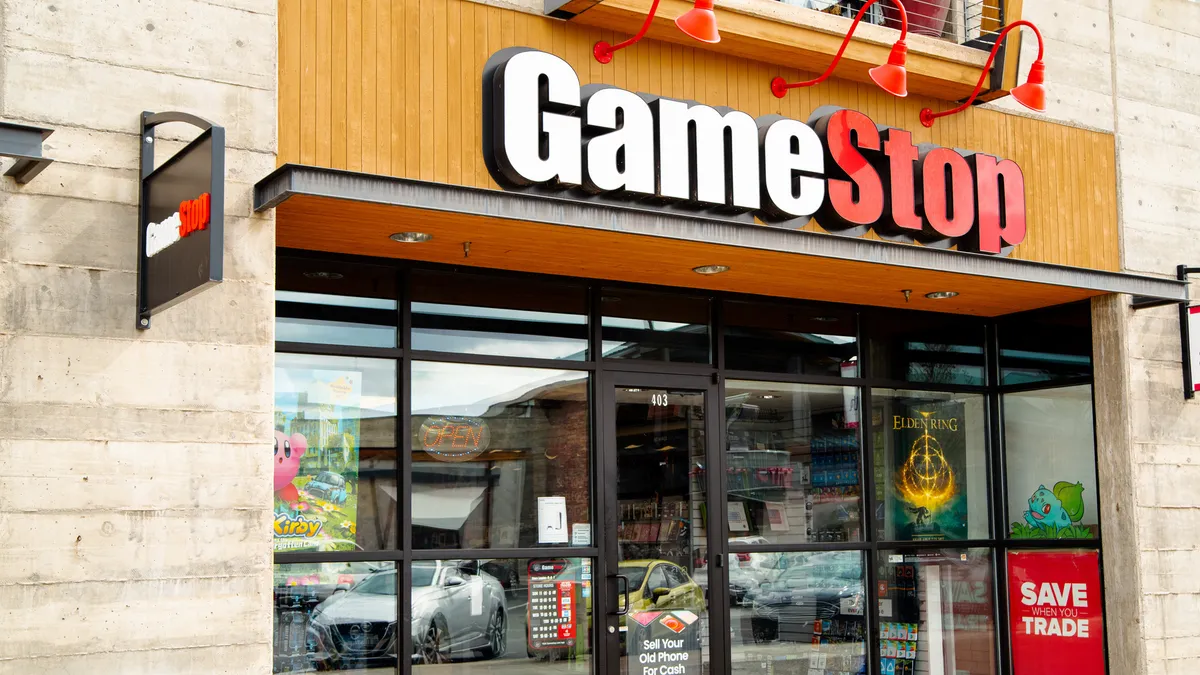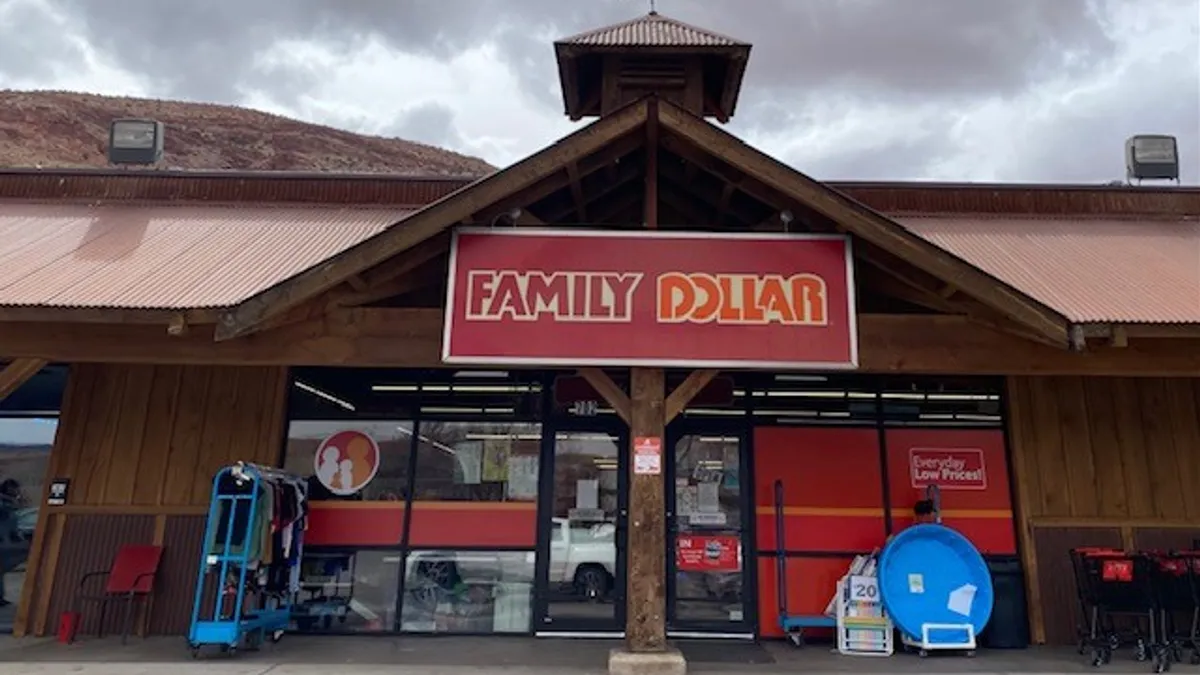“Innovation” in itself is a broad word, one that joins “disruption” in its attractiveness to retail conference speeches and CEOs’ forward-looking lectures. But while it may be easy to dismiss both of these words as buzzy and nebulous, they are popular for a reason. Retail is being disrupted by a variety of forces, from Amazon to smartphones—forces that are changing the way consumers are shopping and retailers are selling.
Recent earnings reports are the latest signs of these disturbances, where J.C. Penney, Macy’s, Nordstrom and a slew of others all reported dismal sales, even as wages are increasing and gas prices are falling. To combat this instability, innovation is needed. But what does that innovation look like?
This month I attended the Retail Innovation Conference, a 48-hour consortium dedicated to this very question. I talked with many speakers and attendees about a variety of topics, but I made sure to end all of my conversations with the same question: “What does innovation in retail look like to you?” I received a number of insightful answers, found below.
What struck me the most was how many replies started with the same thing: the customer. When testing the latest tech or store concept, the companies that succeed seem to be the ones innovating with the customer in mind, every step of the process.
1. Bridge the gap between brick-and-mortar and e-commerce
Jerry Hum, CEO of Touch of Modern: Innovation in retail means being able to evolve with the way technology has changed human behaviors. A lot of traditional brick-and-mortar players are looking at how to adjust to e-commerce, and that’s not a trend that is going away. A lot of less sophisticated players are saying, ‘OK, I’ll just bolt on an e-commerce part to our business.’ That’s alright, and that probably gives you incremental revenue—but what do you do about the users that you brought on from brick-and-mortar, how do you bridge that? A lot of times you will see [e-commerce and brick-and-mortar] being operated as two different companies. Even the people that do it really well, I think there’s a lot to go.
2. To market, to market
Aaron Dane, Retail Experience and Innovation Manager at Point Inside: I don’t think it means anything different for anyone else. It’s really trying new things and being willing to take some risks, and understanding that it’s an evolving world in terms of tech. So for me it’s about testing and learning but it’s also building a culture around innovation. So when we do hackathons or things inside our office to promote new ideas we [at Point Inside] grab ahold of some of those and actually implement those.
The most critical part of innovation is that you’re going to fail a whole lot. But to have employees look at you like an innovative place to work, you have to be willing to deliver these [new ideas] to market. Because if you don’t, they’re just fun, they’re just there, and people don’t use them. Innovation doesn’t stop at just an idea or a prototype. It stops or continues when you are actually able to get some of it to market.
3. Predicting the problem points
Jodie Fox, CEO of Shoes of Prey: Innovation in retail is when you look at your customer and you know them so well that you can identify the friction points that they are experiencing and solve those friction points. That’s when you start to do things in a new and interesting and delightfully welcome way by your customer.
4. A new way to think about the store
David Page, senior vice president, brand strategy and research at Rent the Runway: I think for me—and we’re learning this lesson at the moment, or we have learned it—is that it’s not about technology. It’s about thinking about the role for retail. That’s where the innovation comes in.
Retail has been the same thing for the last 200 years, since people have gone to a physical location to buy something. I think that innovation is thinking, now that people can do that same thing [in stores] as well through e-commerce and mobile commerce, is to evaluate what the role of the store is now. It’s changing what you experience at the store. And that’s something that we’re thinking about. It’s just not about making the stores fun, but actually thinking, “What do we want people to come to the store for, and what do we need to deliver when they get there?”
5. If it doesn’t improve CX, we’re not interested
Jenna Klebanoff, director of CRM and retention marketing at Casper: To me and Casper, we’re always thinking customer-first. We’re not thinking what can we do that is going to get our name out there more, it’s what can we do to make it easier for the customer and give the customer a better experience. I don’t know what those things are that we can do, but that’s the lens for which we look at any opportunity or any idea. If it doesn’t improve the customer experience or their interaction with us, then we’re probably not interested.
6. The courage to push for innovation
Eric Shea, partner at Kurt Salmon: To me, it comes down to customer experience and I think it’s presenting the customer with the joy and delight going back to your brand values, and being able to deliver that. That should be the end result of innovation. I think there are innovations that bring on more efficiencies within your store, and I think it’s the value of being able to change and bring about that change and having the courage to push for that in a larger organization.
7. Innovating with data, not gut feelings
Sharon Klapka, vice president of business and brand development at Adore Me: Innovation in retail is primarily two things. First, a lot of our team didn’t come from retail and didn’t come from lingerie, so it really provided us with a new way of looking at things. When you look at things as an outsider, you make it easier to innovate. For us innovation is bringing a data-driven approach. I think in retail a lot of people are really relying on a hunches and gut feeling, which is important when talking about retail and any business, but I think there’s a lot to say about data. Going to customers, tracking their behaviors, and really seeing what they think, getting that data from them and really getting to know what impacts their motivations.
That’s one form of innovation—bringing a data-driven approach to something denominated with gut feelings. The other part is trying to deliver a more personalized experience. This is something that you have seen across the industry and other industries as well: Instead of providing a cookie-cutter experience, you should really be thinking about things that are more tailor-made.
8. Creating solutions to become more sustainable
Marci Zaroff, founder of Under the Canopy: As an entrepreneur and leader, my mindset has always been not ‘if’ but ‘how.’ To me innovation is thinking out of the box and creating a new reality. It’s thinking about how we don’t fall prey to the status quo but instead reinvent the way we do things that is built on a model that is supportive and has a future to it. Historically, products and brands and retailers had a linear thinking—we could just keep going, there’s no end. But we’ve learned that we’ve taken ourselves to a path of potentially compromising our future. We have to have a circular economy, where what we take from the earth we give back to the earth. We have to change our thinking.
Innovation is being forward in thinking and figuring out how we create solutions. Einstein once said, "No problem can be solved from the same level of consciousness that created it." We have to change our consciousness. We have to change our thinking; we have to evolve as human beings.






















